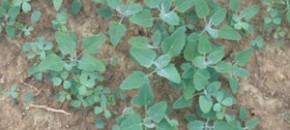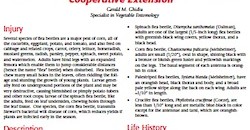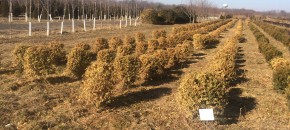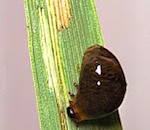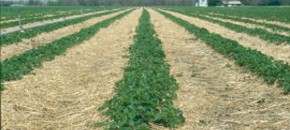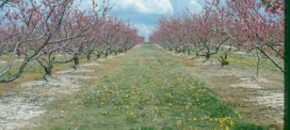
Managed sod row middles have many advantages, and have been adopted by many tree fruit growers. They provide a firm drive path for spring spraying of insecticides and fungicides, prevent or reduce soil erosion, and improve soil tilth by increasing soil organic matter. Broadleaf weeds in the sod should be controlled. Weeds are alternate hosts […]
Continue reading...